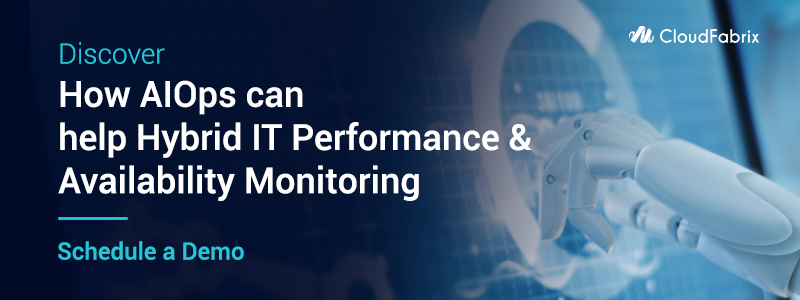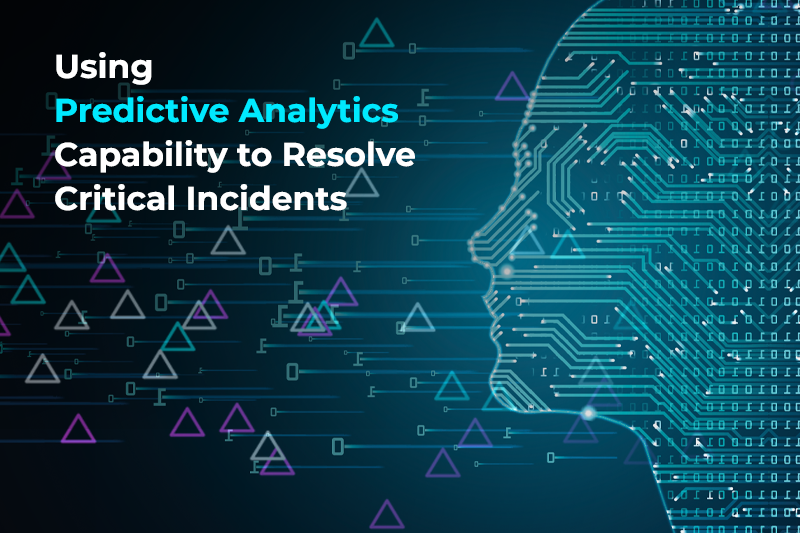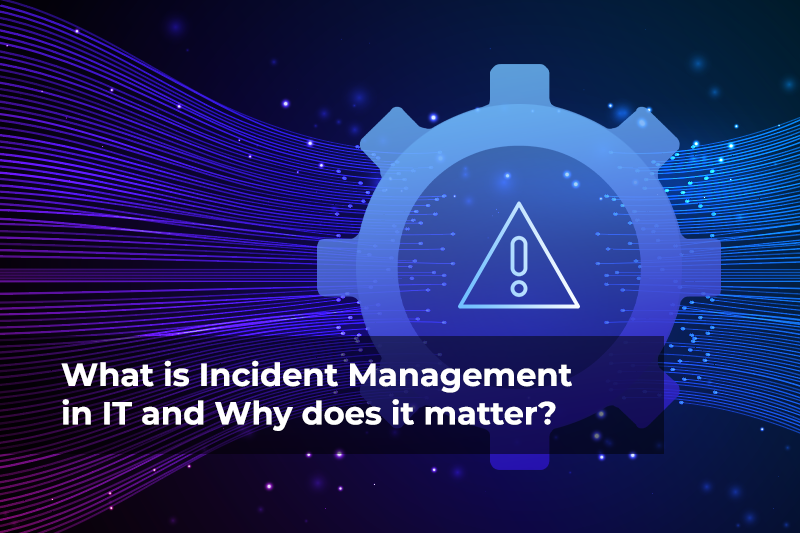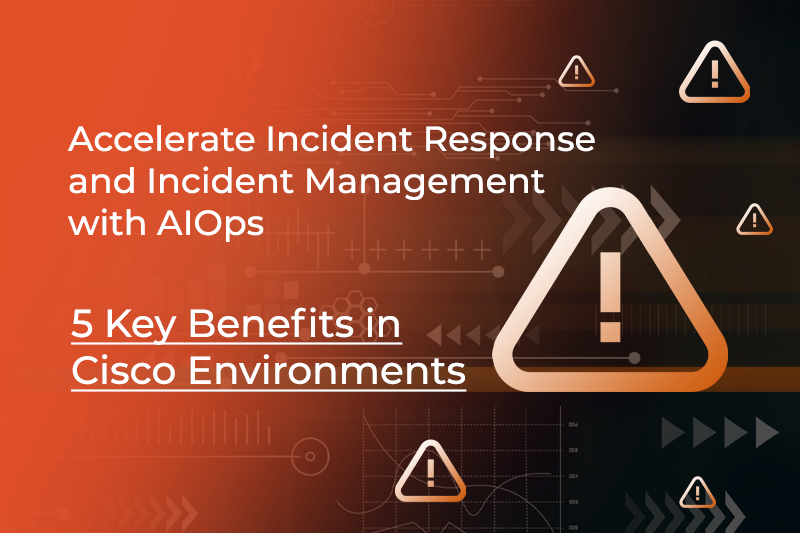Monitoring tools have been in the industry for more than 2 decades now, and quite often we come across customers who are still running traditional or legacy monitoring tools, and most of them face common set of problems that are limiting them to realize full potential modern IT has to offer.
Traditional tools are not able to support dynamic and expanding IT environments, and often pose performance or scalability challenges for large-scale environments. In addition, most of these tools are more static or rules driven and are not intelligent enough to adapt to underlying environments. Customers had to go through long lead times to support new technologies/vendors as the products are built with rigid monolithic architectures. Such tools may not have out of the box integration with ticketing systems, IPAM systems, CMDBs etc.
Given such limitations and setbacks with traditional tools, enterprise are hence looking for modern and next generation monitoring solutions that specifically excel and bring value in the following areas,
- Cloud Scale: Monitoring tool that can provide virtually cloud scale to support large volumes of data without impacting performance or user experience, in other words, providing cloud scale. Modern platforms can do so by utilizing cloud native architectures, and horizontally scalable distributed applications.
- Hybrid IT Coverage: Can monitor all IT environments, like Cloud, Datacenter, Campus, Branch, IoT and Microservices – all from a uniform monitoring platform. Modern platforms can do so by employing a modular architecture that can discover and ingest any type of data (structured, unstructured, API, protocol based, CLI based etc.) into the platform.
- Intelligent: Can learn from monitoring environment and operate intelligently to significantly reduce false alerts. For example, the tool can automatically reduce alerts coming from access ports, mobile users, phones or other edge devices – by using a combination of configuration levers and learning network topology. Such tools can perform Incident enrichment by use machine learning and AI to learn from past incidents and come up with a prediction model. New incidents can then be predicted if it is a real issue or likely to be closed. Using this prediction NOC engineers and IT ops team can re-prioritize incidents and work more effectively and address real issues first and improve customer satisfaction.
- Extensible: Modern tools can support new device types, vendors or technologies much more rapidly as they are built with modularity and extensibility ground up. For example, modern tools can implement vendor specific Microservices that understand how to communicate with a device/protocol specific way. These Microservices can be then made live without disrupting operations on existing systems, making it seamless and hassle free experience for customers. Partners can also play a key role in expanding the ecosystem using vendor SDKs and connector frameworks.
- ITSM/ITOM Integrations: Modern monitoring tools know that they operate in a tight-knit IT environment where standard tools and processes are in place, and have out of box integrations with common ITSM/ITOM tools to provide a smooth drop-in placement into IT toolset. For example, modern monitoring tools can automatically create tickets in Incident management systems (ServiceNow, Remedy, Jira Servicedesk etc.) or send messages to collaboration tools (Slack, Cisco Spark, Hipchat etc.) or even respond to chatbots and voicebots.






